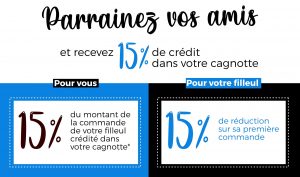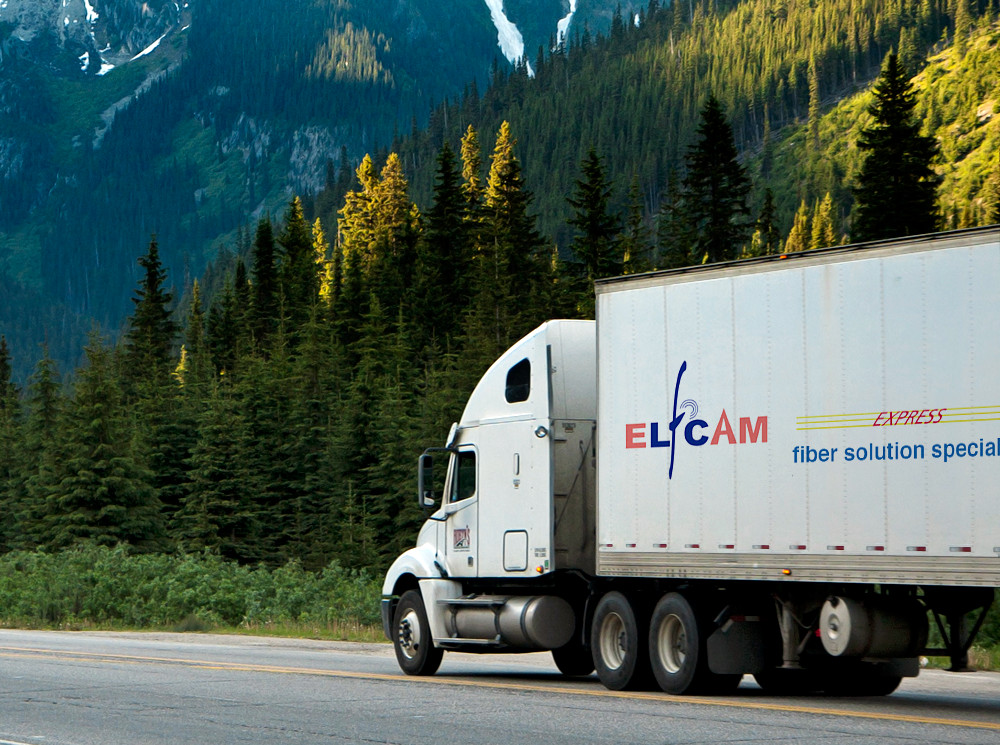What is the difference between FTTC and FTTP, and why should it matter to you?
What is the difference between FTTC and FTTP, and why should it matter to you?
1. What is FTTP?
FTTP, also called Fiber to the Home (FTTH), is a pure fiber optic cable connection running from an Internet Service Provider (ISP) directly to the user's home or business. Fiber optic cables are made up of one or more optical fibers, designed to carry light. These optical fibers are the width of a human hair and are covered with two layers of plastic to create a mirror around the fibers, the total internal reflection.
Light travels through the fibers and bounces at very low angles off the mirrored sides of the plastic, managing to stay inside the cable at all times thanks to total internal reflection. When talking on a landline phone connected to a fiber optic cable, analog voice signals are transformed into digital signals. A laser at one end of the cable turns on and off at precise intervals to send each bit of data. This is how information travels down the cable.
Today, billions of bits can be transmitted per second with a single laser.
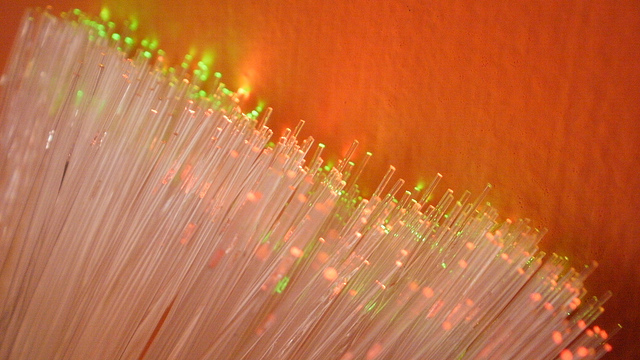
2.What is FTTC?
FTTC is a mixture of traditional copper wire cable and fiber optic cable. It uses fiber optic cables to the street cabinet (gray or green cabinets on the street that house active and passive broadband equipment) and then copper wire to connect the cabinets to homes and businesses. This is because installing fiber optic cables in a home or business is incredibly expensive, and so copper is used as a cost-effective substitute.
It also has a feature called DLM, or dynamic line management. This automated system ensures that the connection remains stable and error-free, as well as fast and of high quality. It monitors the system and when there is a problem, such as poor quality or low speed, it takes action and will either apply interleaving (correct errors in the line, such as signal problems), or reduce slightly your speed. Most of the time, however, the DLM does not need to intervene.
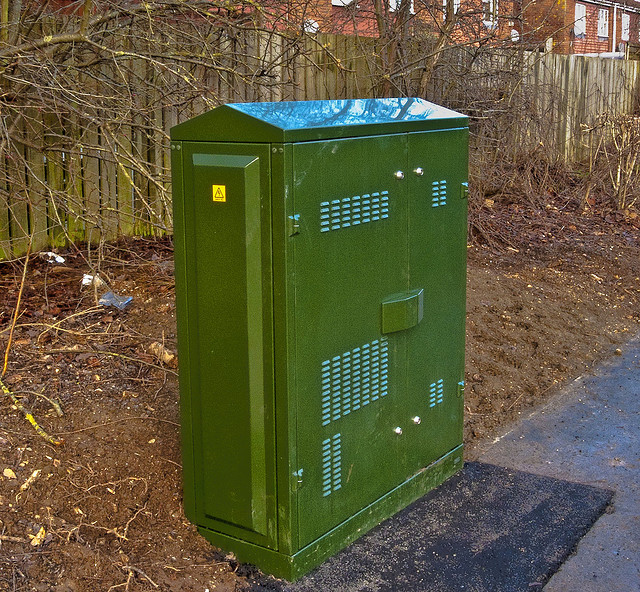
3.How are they similar? How are they different?
While both FTTC and FTTP promise high speeds, FTTP's full fiber optic connection allows for much higher speeds than FTTC. They're both faster than regular ADSL, of course, but FTTP is much faster than FTTC, reaching speeds of 330 Mb/s while FTTC reaches speeds of up to 76 Mb/s. It's important to note that these speeds may not match what you actually get, so it's vital to test your internet speed from time to time.
FTTC is distinguished by its mix of copper and fiber optics, which makes it less expensive to install. However, it was not designed for the long term and its potential bandwidth is very limited, while FTTP was designed so that it could be expanded and improved.
But in terms of availability, they are very different. FTTC is easy to find for the occasional user who wants to connect at home. FTTP is generally only available to businesses.

4.What are the advantages and disadvantages of each?
FTTP is excellent in that it provides high-speed service to users in their homes and businesses. Additionally, it is designed in such a way that users can return to the system and supplement it as necessary, with the future in mind.
However, installing FTTP is incredibly expensive. While it could be considered the broadband of the future, as well as the most future-proof connection (since it will be easy to add to the system), trying to connect everyone would simply be too much too expensive. New infrastructure would need to be added, which means digging up roads and sides of streets to lay cables.
On the other hand, FTTC technology still allows for high internet speeds. British company Zen promises a minimum of 15 Mbps. You're also more likely to find a provider for FTTC if you're just an occasional user. Many providers only offer FTTP connections to businesses, so the broadband connection is not used by home users.
But FTTC is on its way out. A recent study by the Technical University of Eindhoven and Dialogic predicts a need for around 165 Mbps download and 20 Mbps upload by 2020. FTTC technology simply will not be able to meet these needs.
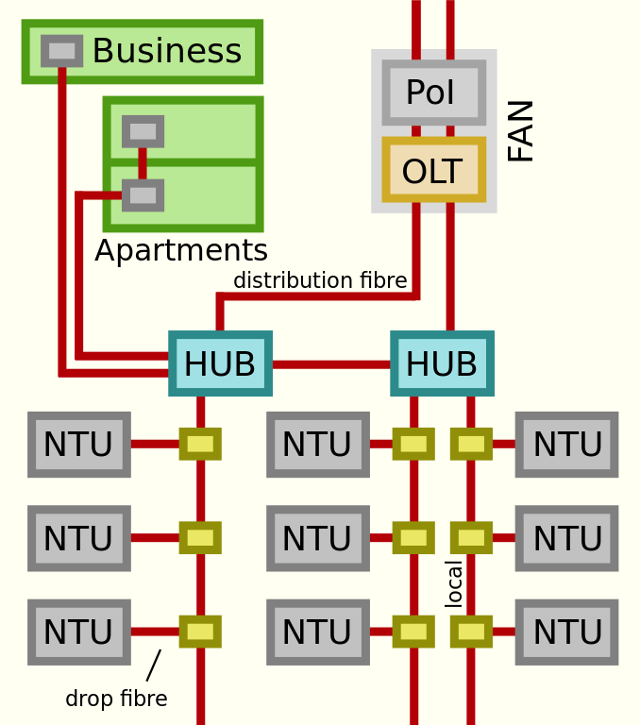
5.Why care?
If speed is what you're looking for and price isn't a factor, FTTP might be the broadband choice for you. If you're on a budget and are happy with speeds that are faster than a regular connection, but not as fast as FTTP, FTTC might be right for you. Regardless, both are incredibly advanced broadband connections and caution should be exercised when making a decision.
Tags: sc apc
Related posts
-
 Q&A E-solutionQ&A ELFCAM SOLUTION 1. OEM, ODM service is available? If MOQ=3KPCS, we can offer...
Q&A E-solutionQ&A ELFCAM SOLUTION 1. OEM, ODM service is available? If MOQ=3KPCS, we can offer... -
 What is ONU EPON (GEPON): Functions and typesWhat is EPON ONU (GEPON): Functions and Types EPON ONU is a device that...
What is ONU EPON (GEPON): Functions and typesWhat is EPON ONU (GEPON): Functions and Types EPON ONU is a device that...






